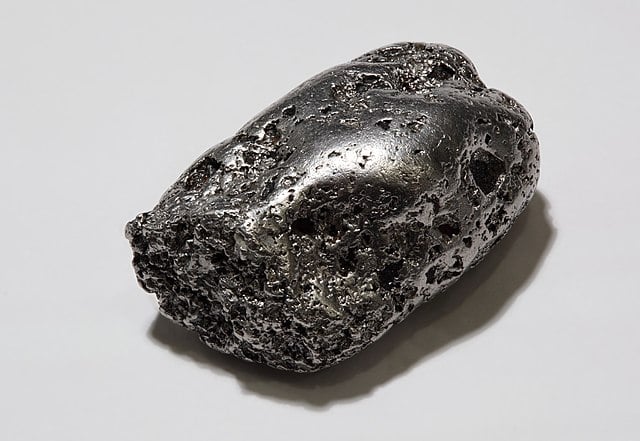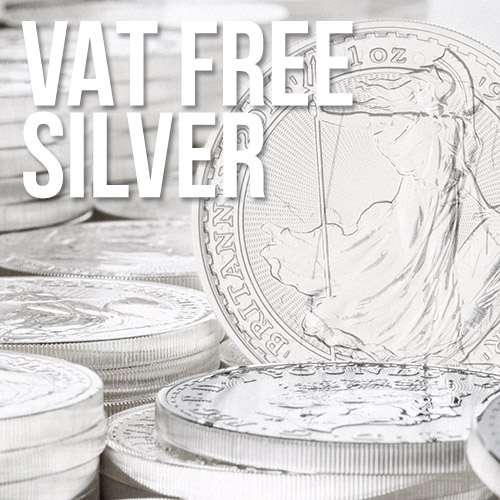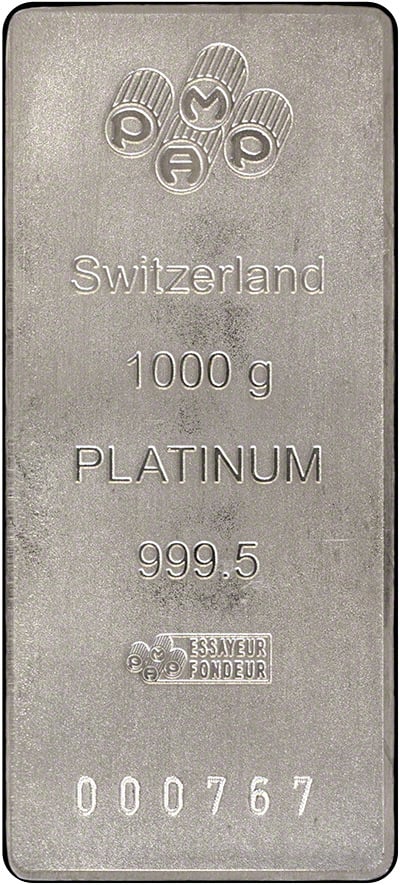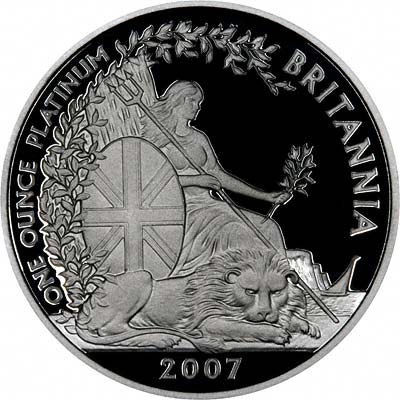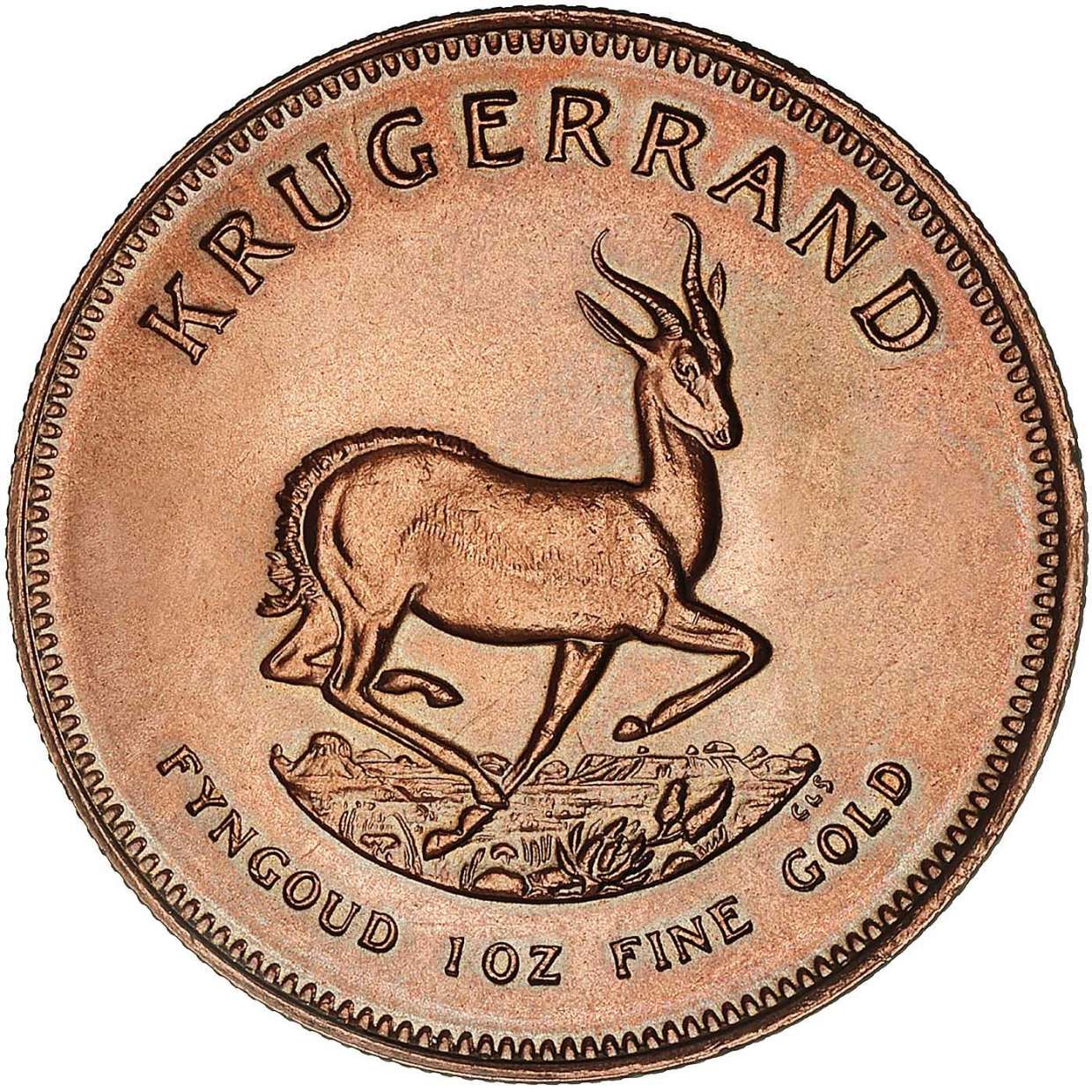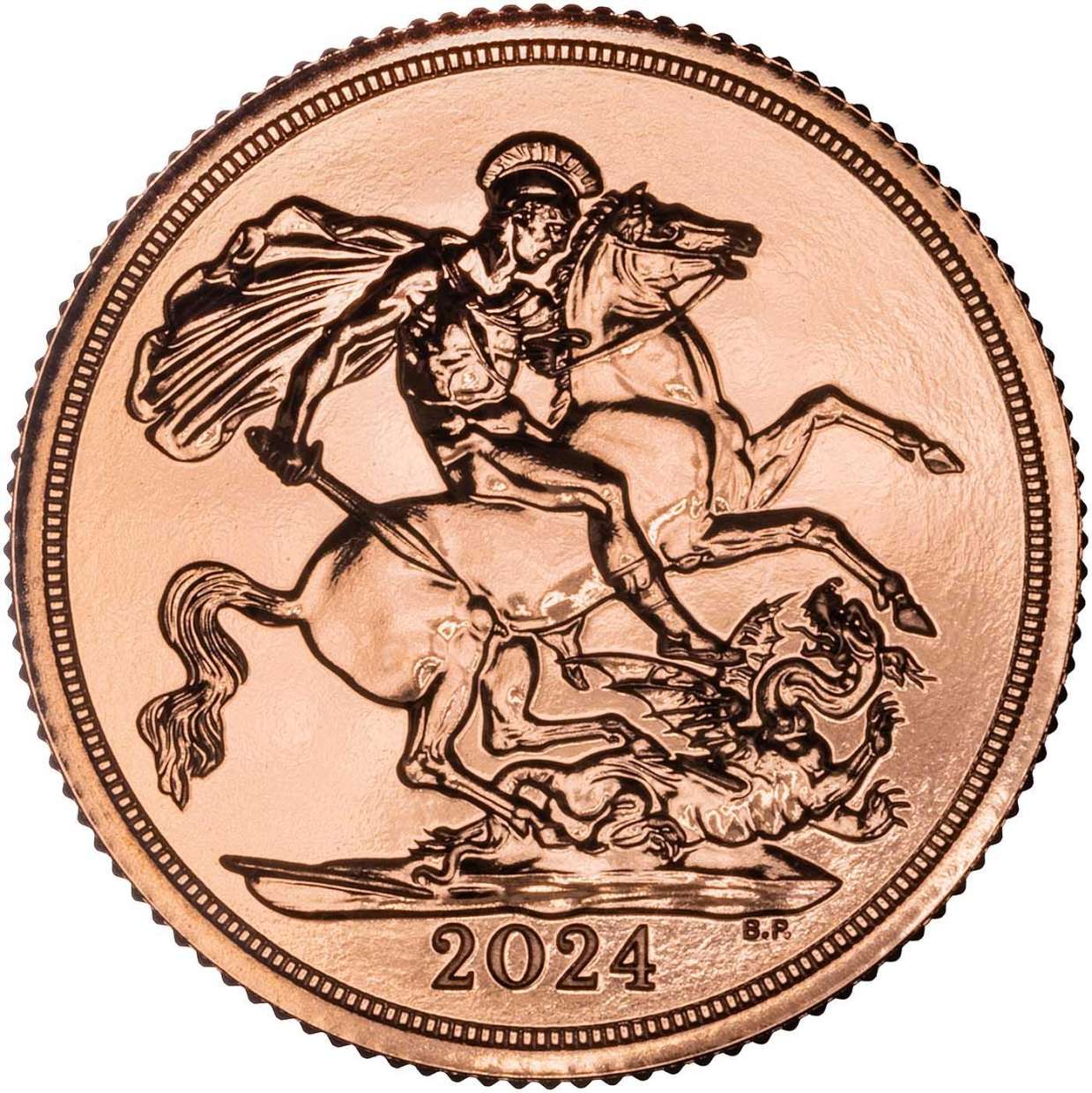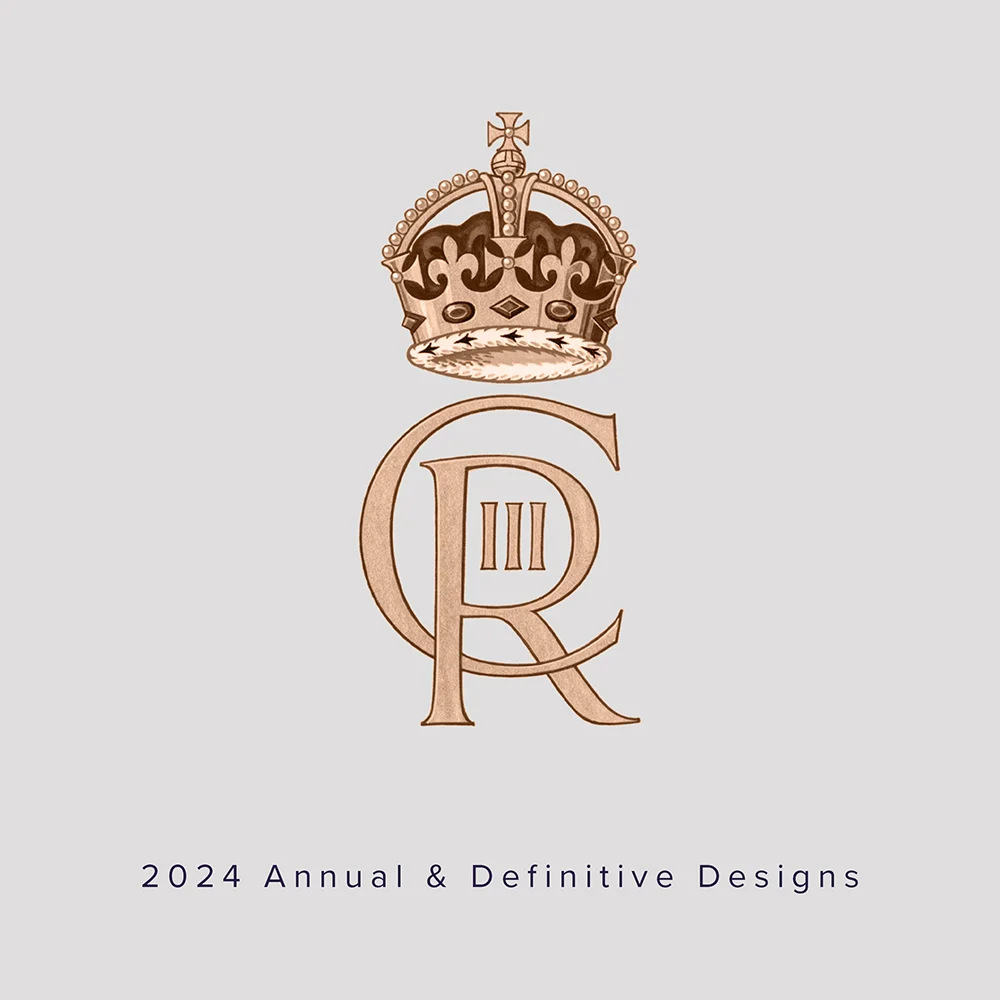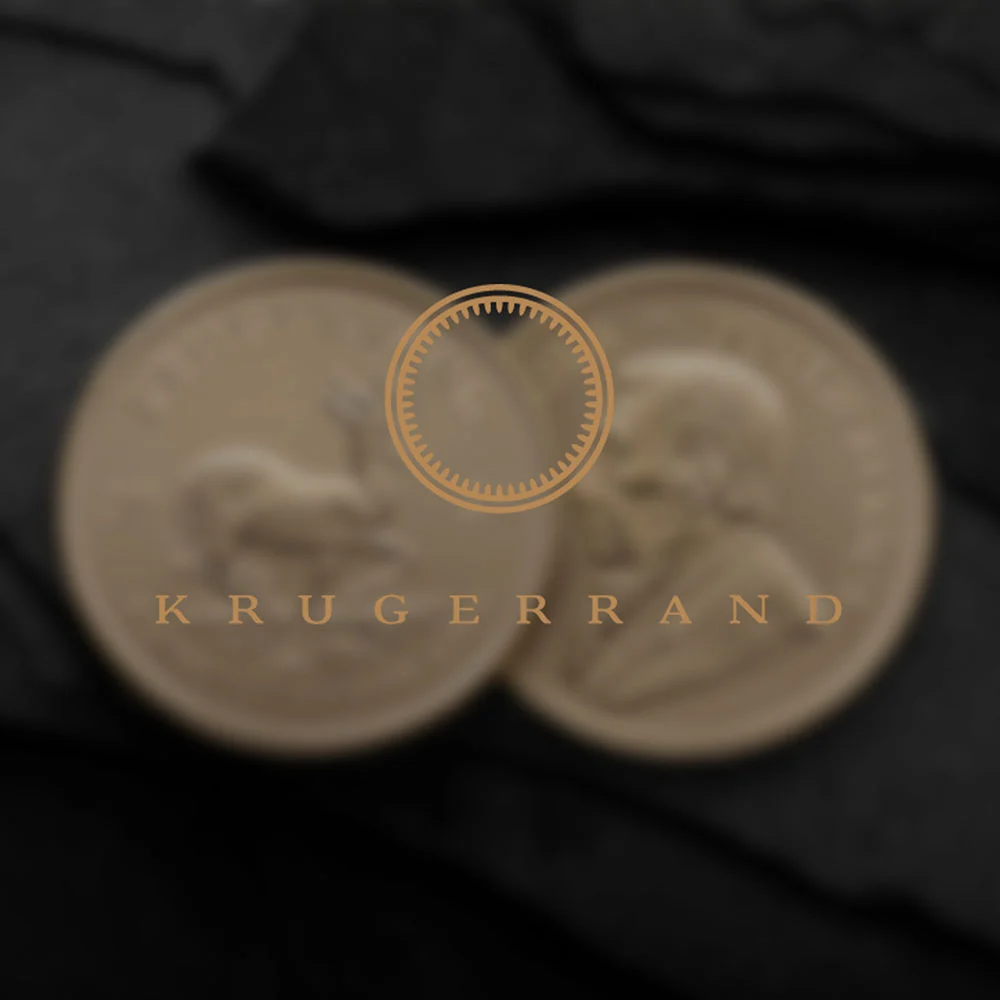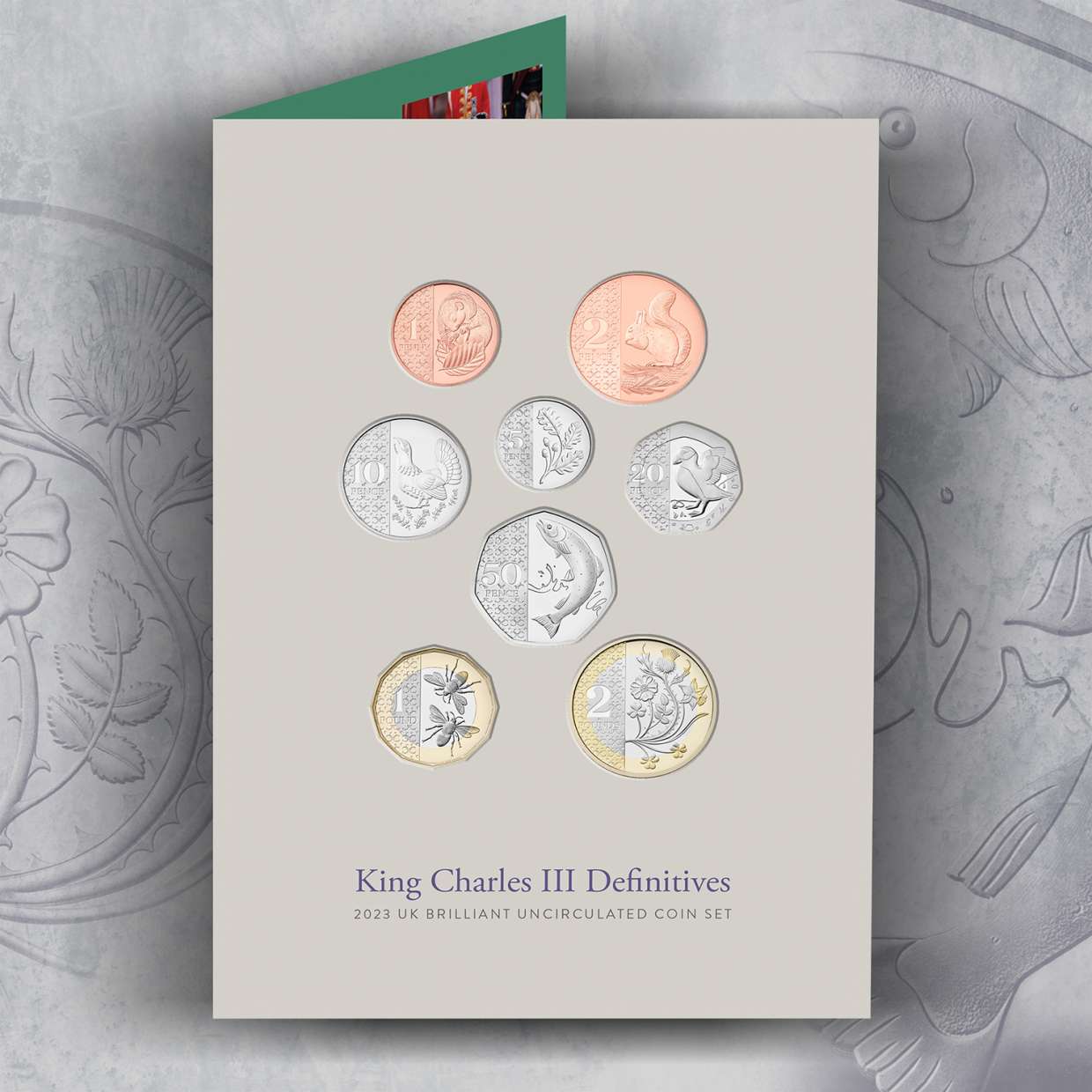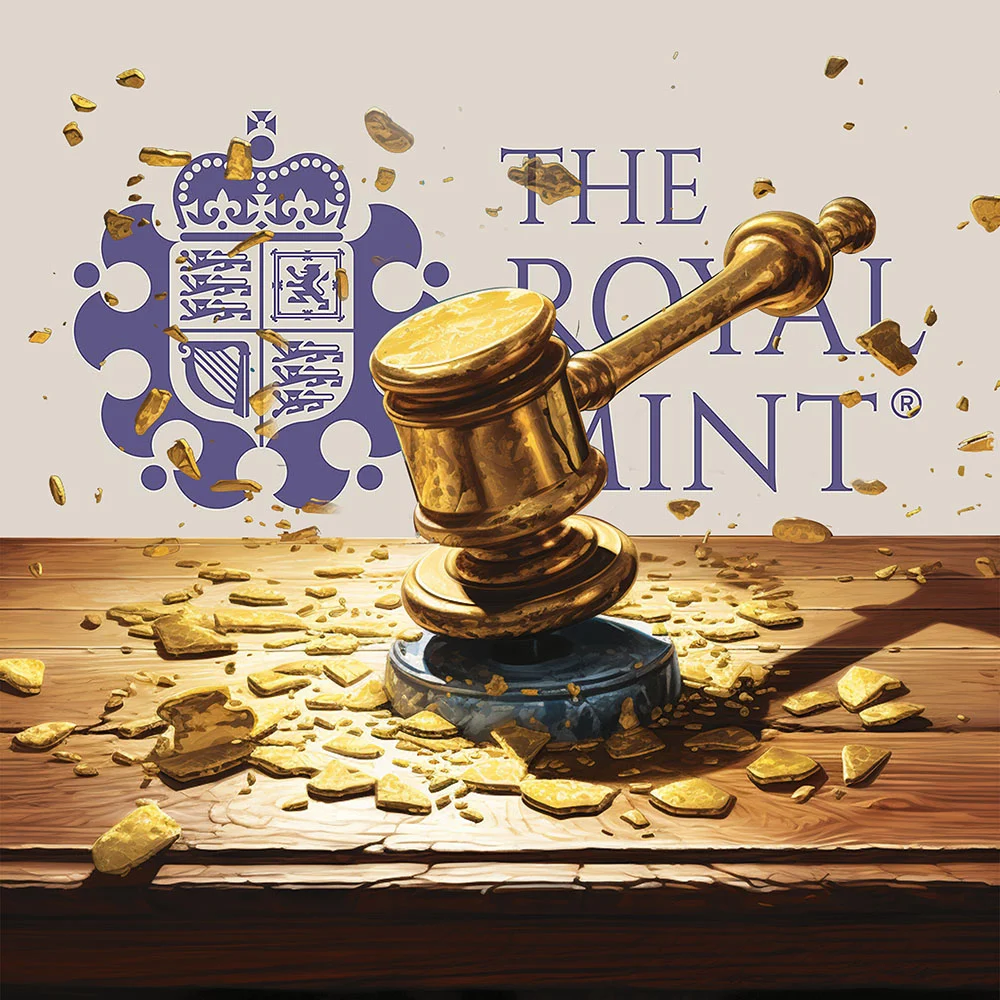How Does the Automotive Industry Impact Precious Metals?
Synopsis
This research, derived from Metals Focus Precious Metals Weekly on 20th June 2024, examines the demand driven by developments in the automotive and hydrogen sectors. The article also highlights the impact of regulatory changes, market dynamics, and electric vehicle infrastructure on platinum group metals, providing valuable insights for investors of precious metals.
Please note: We are not financial advisors. Instead, we aim to educate our customers about investing in precious metals and the market factors that influence them, which may help you achieve your personal goals and investment aims.

Market Overview of Precious Metals
Gold: Prices are stable around $2,345 per ounce. This stability is due to expectations that the US Federal Reserve will cut interest rates following weaker retail sales data.
Silver: The ratio of gold to silver prices has increased to 77:1, indicating that gold prices have risen more relative to silver.
Platinum: Japan has introduced a significant 15-year subsidy to promote low-carbon hydrogen, which may increase demand for platinum used in hydrogen production.
Palladium: Ford is cutting jobs in Germany, Spain, and the UK, which could impact regional demand for palladium used in vehicle manufacturing.
Why It Matters: Understanding these market trends in precious metals helps investors make informed decisions regarding their investment portfolios.
US Automakers and the Demand for Platinum Group Metals
Challenges in Electrification: US automakers like General Motors, Ford, and Stellantis face hurdles in transitioning to Battery Electric Vehicles (BEVs). This impacts the demand for Platinum Groups Metals (PGM), as these metals are crucial in automotive manufacturing.
Regulatory Changes: The US Environmental Protection Agency (EPA) has shifted its focus to reducing emissions regardless of powertrain mix, allowing automakers more flexibility. This change may lead to increased production of hybrid vehicles, boosting PGM demand.
Subsidies and Infrastructure: Changes in US subsidies for electric vehicles, including restrictions on sourcing materials from China, are affecting market dynamics. Improved electric vehicle infrastructure is critical but currently lags behind Europe and China.
Why It Matters: Awareness of these factors affecting the automotive industry and PGM demand enables investors to better predict market shifts and plan their investments accordingly.
Cost Challenges and Market Dynamics for BEVs
BEV Affordability: Despite price cuts led by Tesla, BEVs remain more expensive than Internal Combustion Engine (ICE) vehicles. For instance, in 2023, the average price of the top five BEV models in the US was around $40,000, while ICE vehicles often start in the low $20,000s.
Regulatory Flexibility: US automakers have more flexibility in balancing BEVs and hybrids, potentially stabilising PGM demand.
Political Uncertainty: A potential return of a Trump administration could lead to relaxed carbon dioxide (CO2) and fuel economy targets, affecting electric vehicles and hybrid market shares.
Why It Matters: Understanding these economic and market factors helps investors gauge the future demand for PGMs and strategise their investments effectively.
Overview
Gold and Silver Stability: Stable gold prices and the increasing gold-to-silver ratio suggest a relatively stable investment environment for these metals.
Platinum Opportunities: Increased demand for platinum, driven by hybrid vehicles and low-carbon hydrogen initiatives, may make platinum a more attractive investment. For 2024, platinum demand is forecasted to increase by 14%.
Automotive Sector Influence: Ongoing shifts in the automotive industry will impact the demand and prices of PGMs like platinum and palladium. Customers should be aware of these trends when considering their investments.
Why It Matters: Recognising these strategic implications allows investors to identify opportunities and risks in the precious metals market.
How This Helps You
Understanding these factors helps investors make informed decisions about precious metals investments. Diversifying into platinum reduces risks and aligns with market trends. Staying updated on regulatory changes and EV infrastructure developments allows you to anticipate shifts and adjust strategies, ensuring a resilient and responsive portfolio.
Related Articles
This guide and its content is copyright of Chard (1964) Ltd - © Chard (1964) Ltd 2024. All rights reserved. Any redistribution or reproduction of part or all of the contents in any form is prohibited.
We are not financial advisers and we would always recommend that you consult with one prior to making any investment decision.
You can read more about copyright or our advice disclaimer on these links.


